Considering the proposal of the Ministry of Culture, Sports and Tourism and the appraisal opinion of the National Cultural Heritage Council on the request for permission to sign and send the national dossiers of Mo Muong and Cheo Art to submit and consider for inclusion in the UNESCO Intangible Cultural Heritage Lists, Deputy Prime Minister Tran Hong Ha has the following comments:
Agree to submit to UNESCO for consideration and inclusion of Mo Muong Intangible Cultural Heritage (Hoa Binh, Thanh Hoa, Ninh Binh, Phu Tho, Son La, Hanoi and Dak Lak) in the List of Intangible Cultural Heritage in Need of Urgent Safeguarding and Cheo Art Intangible Cultural Heritage (Thai Binh, Ninh Binh, Ha Nam, Nam Dinh, Hai Duong, Hung Yen, Bac Ninh, Vinh Phuc, Phu Tho, Quang Ninh, Bac Giang, Thai Nguyen, Hanoi and Hai Phong) in the List of Representative Intangible Cultural Heritage of Humanity; authorize the Minister of Culture, Sports and Tourism to sign the dossiers according to regulations.
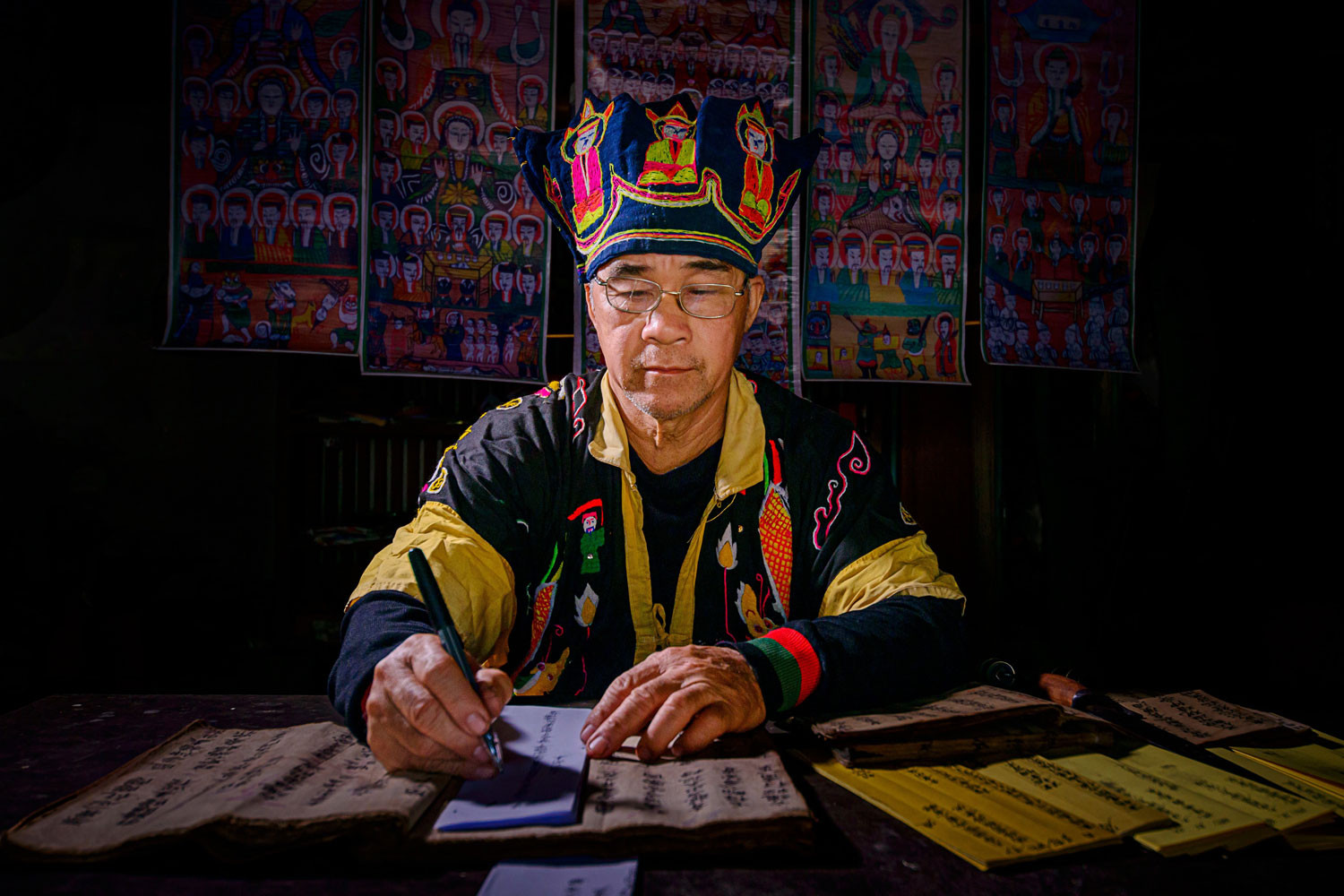
Mo Muong is a folk performance activity expressed in rituals associated with the spiritual life of the Muong people.
The Vietnam National Commission for UNESCO presides over and coordinates with the Ministry of Culture, Sports and Tourism to carry out necessary procedures to send heritage dossiers to UNESCO, ensuring the time limit prescribed by the 2003 Convention for the Safeguarding of Intangible Cultural Heritage and the law on cultural heritage.
Mo Muong is a folk performance activity expressed in rituals associated with the spiritual life of the Muong people.
The subjects practicing Mo Muong are the shamans, these are the people who keep the mo knowledge, know thousands of mo verses by heart and are proficient in rituals and customs, are prestigious people trusted by the community. When practicing the ritual, the shaman is the person who speaks, reads, and sings the mo verses during the ceremony.
The Muong people do not have their own written language, so the Muong's mo (prayer) songs are passed down from generation to generation by word of mouth, and are preserved and maintained through Muong folk rituals.
Muong Mo includes many mo songs and mo passages used in specific rituals. Muong Mo has 9 genres: Mo in funerals (Mo ma), Mo via (Mo Voai), Mo giai han, Mo xin so, Mo ngay Tet, Mo Tho cong tho dia, Mo doi chopsticks, Mo Mat nha, Mo Mu.
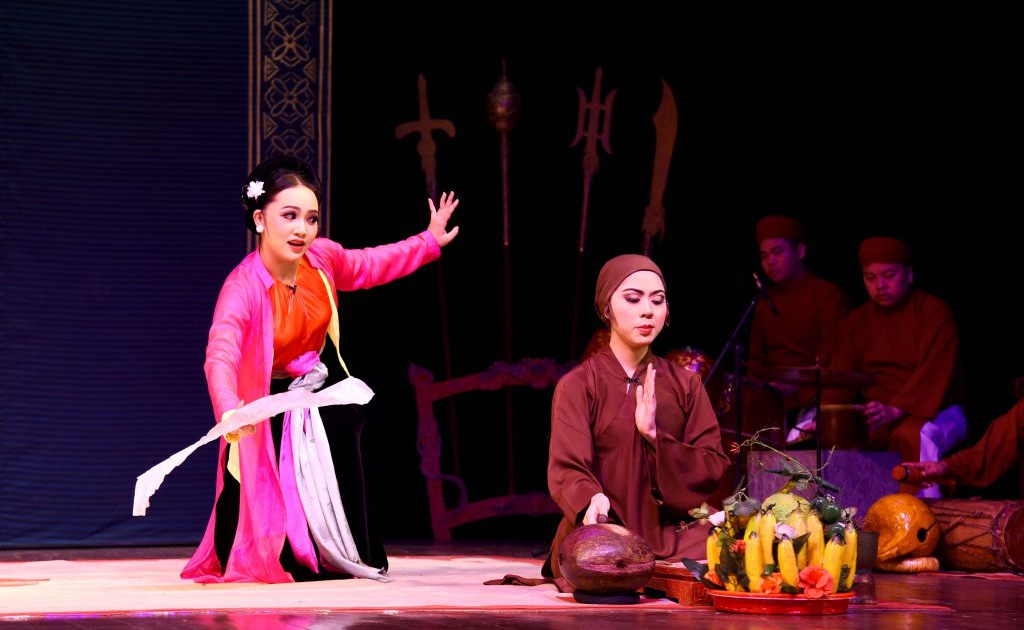
Cheo is a form of Vietnamese folk theater art that has developed strongly and is popular in the Northern region.
Meanwhile, Cheo is a type of Vietnamese folk theater art, which has developed strongly and is popular in the Red River Delta and two spreading areas: the Northern midlands and mountainous areas and the North Central region. Cheo is popular and is often associated with folk festivals to thank the gods for a bountiful harvest, for the villagers to be well-off, and for the farmers who work hard every day to communicate and express their feelings.
Cheo melodies often use polyphonic, polysemous language combined with metaphors rich in narrative and lyricism. Through a long history from the 10th century to the present, the art of Cheo has penetrated deeply into cultural and social life, depicting the simple life of farmers, praising the noble qualities of human beings.
Besides, there are also humorous cheo plays that criticize bad habits, oppose injustice, and express love, tolerance, and forgiveness.
Source



![[Photo] Readers line up to visit the photo exhibition and receive a special publication commemorating the 135th birthday of President Ho Chi Minh at Nhan Dan Newspaper](https://vphoto.vietnam.vn/thumb/1200x675/vietnam/resource/IMAGE/2025/5/17/85b3197fc6bd43e6a9ee4db15101005b)
![[Photo] More than 17,000 candidates participate in the 2025 SPT Competency Assessment Test of Hanoi National University of Education](https://vphoto.vietnam.vn/thumb/1200x675/vietnam/resource/IMAGE/2025/5/17/e538d9a1636c407cbb211b314e6303fd)

![[Photo] Prime Minister Pham Minh Chinh chairs meeting on science and technology development](https://vphoto.vietnam.vn/thumb/1200x675/vietnam/resource/IMAGE/2025/5/17/ae80dd74c384439789b12013c738a045)
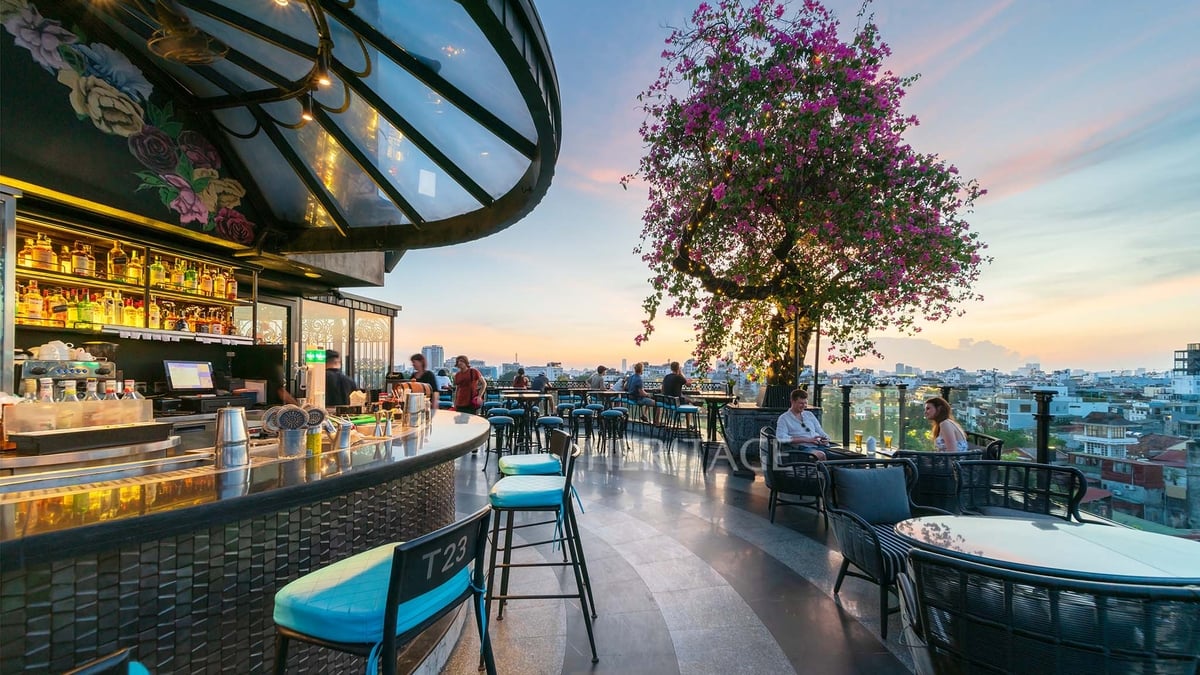


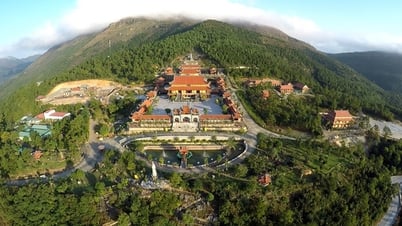

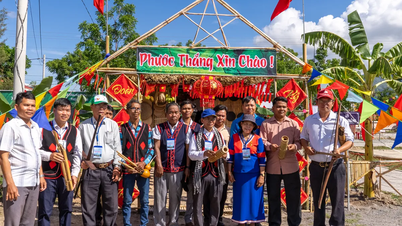

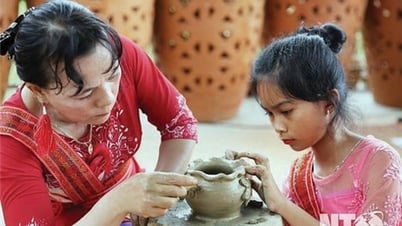

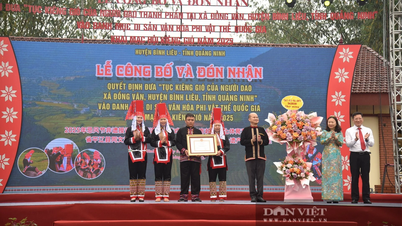

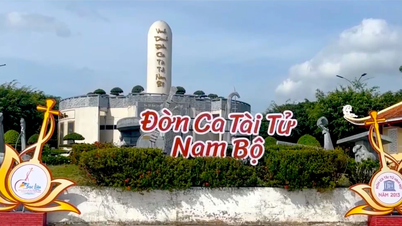

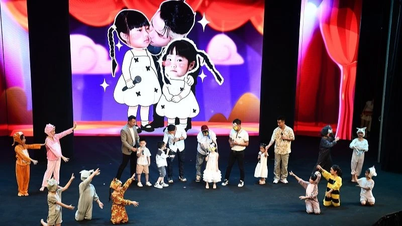

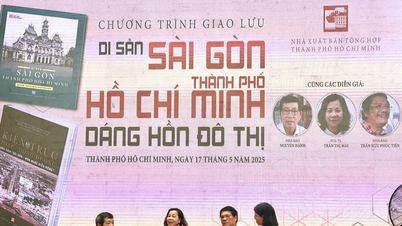
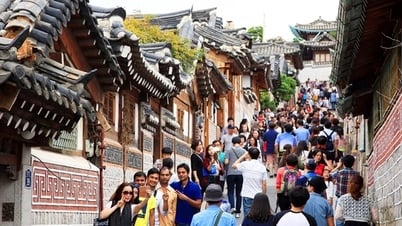

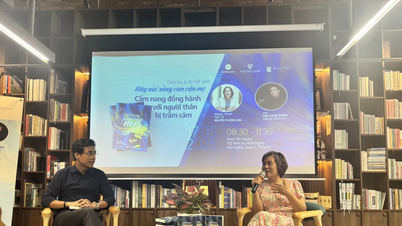
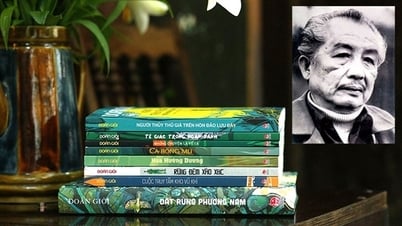
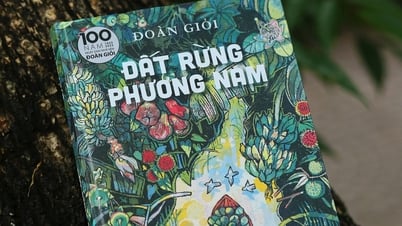





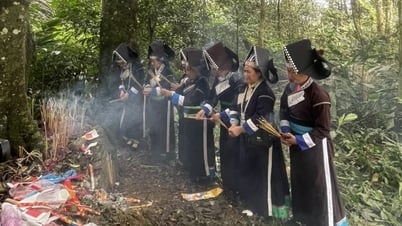

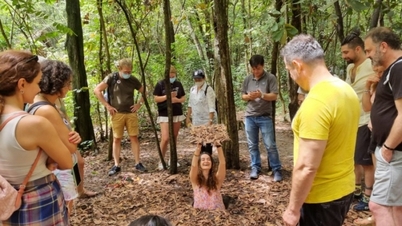

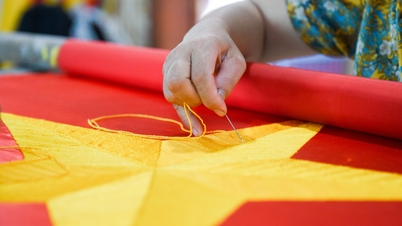

![[Photo] Nearly 3,000 students moved by stories about soldiers](https://vphoto.vietnam.vn/thumb/1200x675/vietnam/resource/IMAGE/2025/5/17/21da57c8241e42438b423eaa37215e0e)
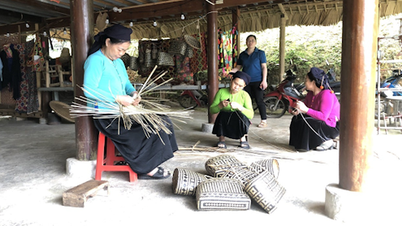

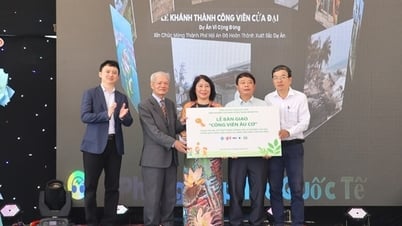
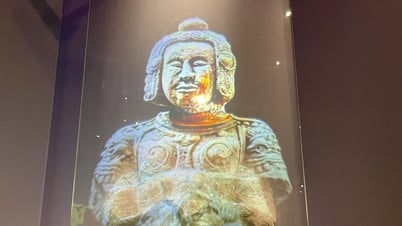



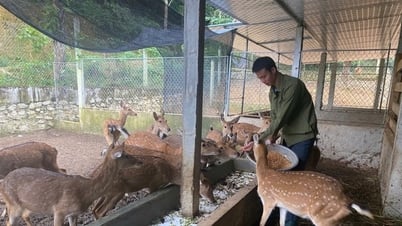



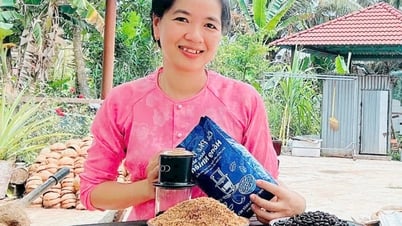





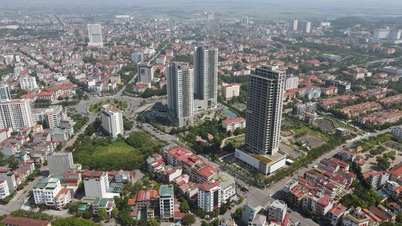














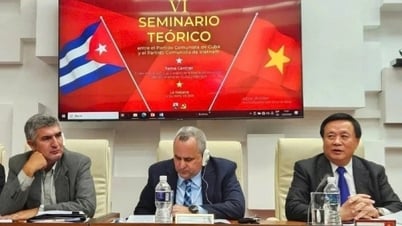




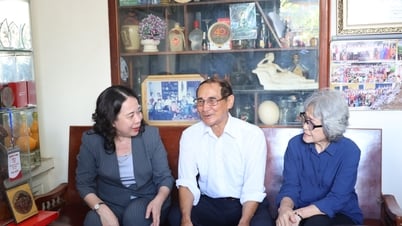

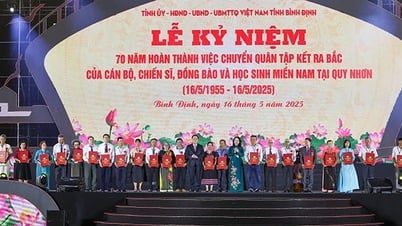


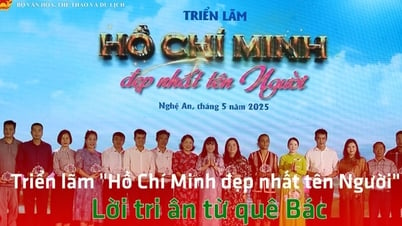




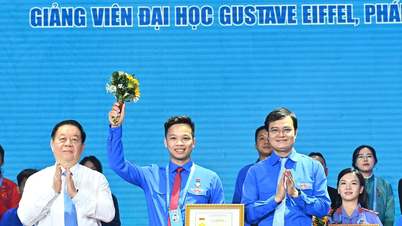
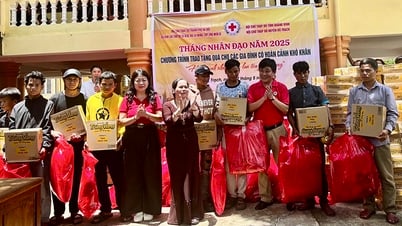




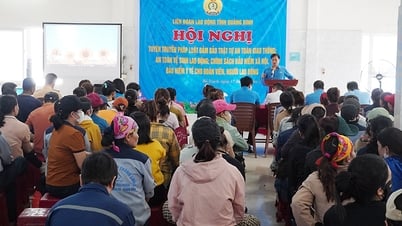












Comment (0)